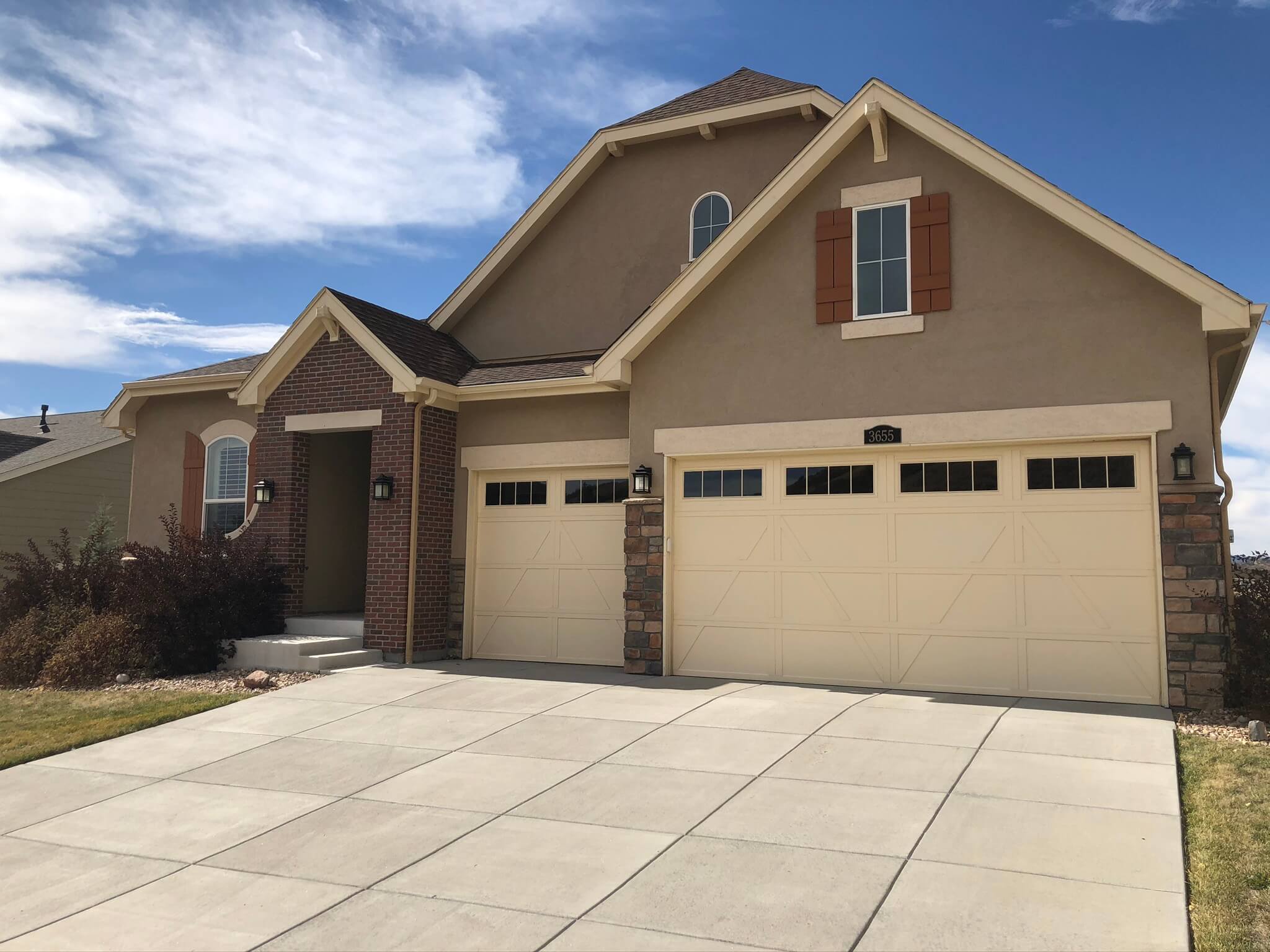Scheduling and Timelines
Scheduling and timelines are crucial aspects of office building commercial construction projects. A well-planned construction schedule ensures that all tasks are completed in a timely manner, minimizing delays and ensuring the project stays on track.
To create a comprehensive construction schedule, contractors must consider the various phases and tasks involved in the project. This includes the design phase, permitting process, site preparation, construction, inspections, and finalizing details. Each phase should have specific tasks and milestones that need to be completed within a set timeframe.
Setting realistic timelines is important to ensure that the project can be completed within the given timeframe. Our contractors need to consider factors such as the size and complexity of the building, availability of labor and materials, and any external factors that may impact the project schedule. It is essential to account for potential delays and allocate sufficient time for each task to avoid any bottlenecks that may slow down the overall progress.
Effective communication with the project team is vital to maintaining the construction schedule. Our team gives regular updates on the progress of each task, addresses any issues or obstacles that may arise, and ensures that everyone is aware of their responsibilities and deadlines. This continuous communication allows for quick decision-making and adjustments to the schedule if needed, helping to keep the project on track.
Scheduling and timelines are key factors in office building commercial construction projects. Creating a comprehensive construction schedule, setting realistic timelines, and maintaining effective communication with the project team are essential for a successful and timely completion of the project.






